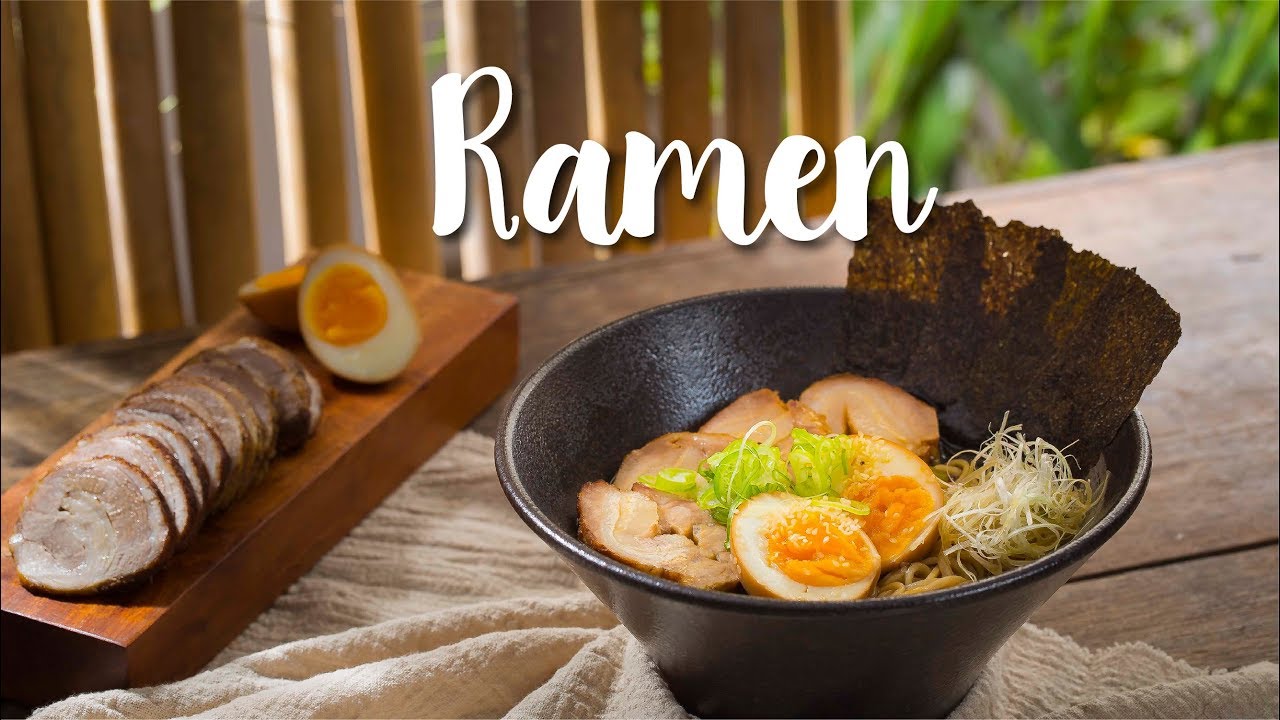No products in the cart.
Hướng Dẫn Nấu Mì Ramen Hakodate Nhật Bản, Nguyên Liệu Giới Thiệu Ramen Hakodate là một món ăn nổi tiếng của Nhật Bản, được biết đến với hương vị đậm đà, nước dùng thanh ngọt và sợi mì dai ngon. Món ăn này thường được phục vụ với thịt lợn, trứng, rong biển và hành […]

